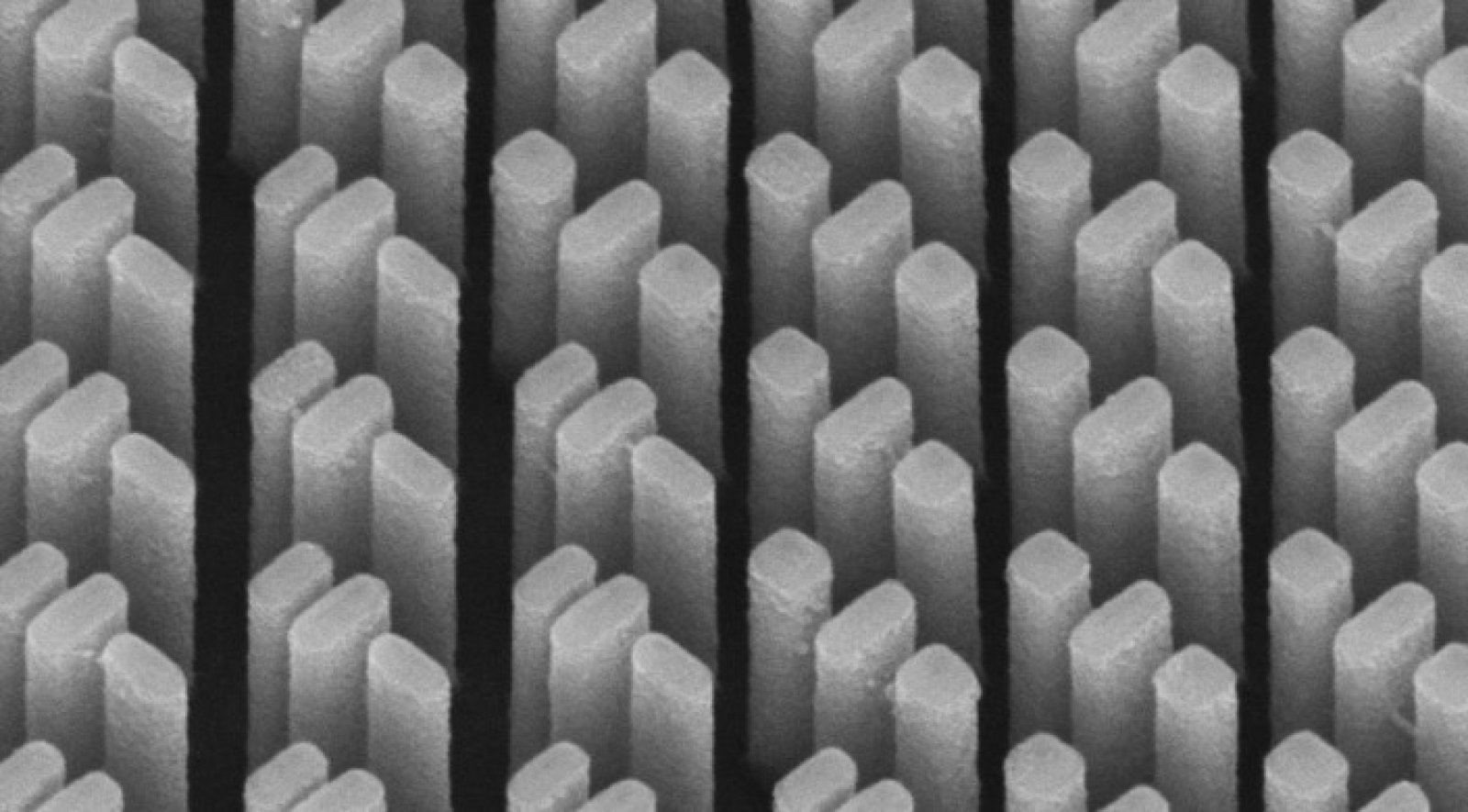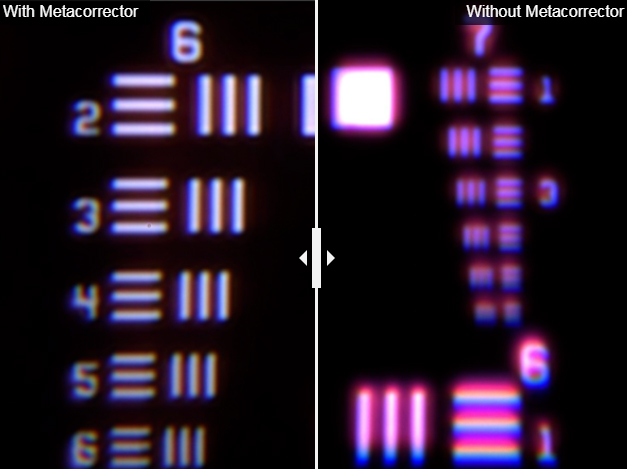Something to look forward to: Researchers have made a promising advancement that could eliminate a pesky problem that has plagued photographers for centuries. With any luck, they'll be able to tweak the metacorrector for improved performance and add them to smartphones in the not-too-distant future.

Camera systems like those found in cutting-edge smartphones and high-end DSLRs are far more advanced than examples from just a decade ago. The underlying technology behind lenses, however, hasn’t changed much since the mid-1700s which means we’re still dealing with some of the same shortcomings that plagued our forefathers.
Chief among them is chromatic aberration, an optical issue that happens when a lens is unable to focus all wavelengths of color into a single focal point. This often manifests itself as a purple haze or fringe around an object as seen around the branches in the bird photo above.

Special types of glass can minimize chromatic aberration, as can in-camera software and post-processing applications like Photoshop. Thanks to recent work from researchers at the Harvard John A. Paulson School of Engineering and Applied Sciences (SEAS), those efforts may not be needed for much longer.
SEAS researchers have created what they’re calling a metacorrector, a single-layer nanostructure that corrects chromatic aberration across the visible spectrum. Alexander Zhu, a graduate student at SEAS and co-author of the study published in Nano Letters, said metacorrectors are fundamentally different from conventional methods of aberration correction. “This means we can go beyond the material limitations of lenses and have much better performances,” Zhu said.

The tech can also work in tandem with existing corrective measures to further improve performance.
The researchers plan to further fine-tune the efficiency of the metacorrector for use in miniature and high-end optical devices.